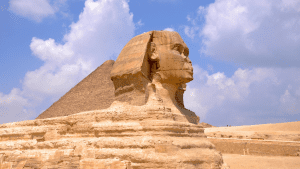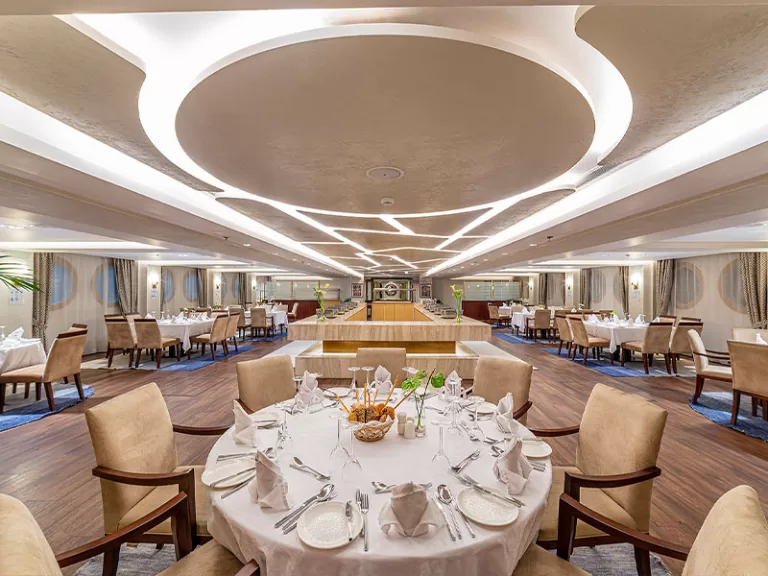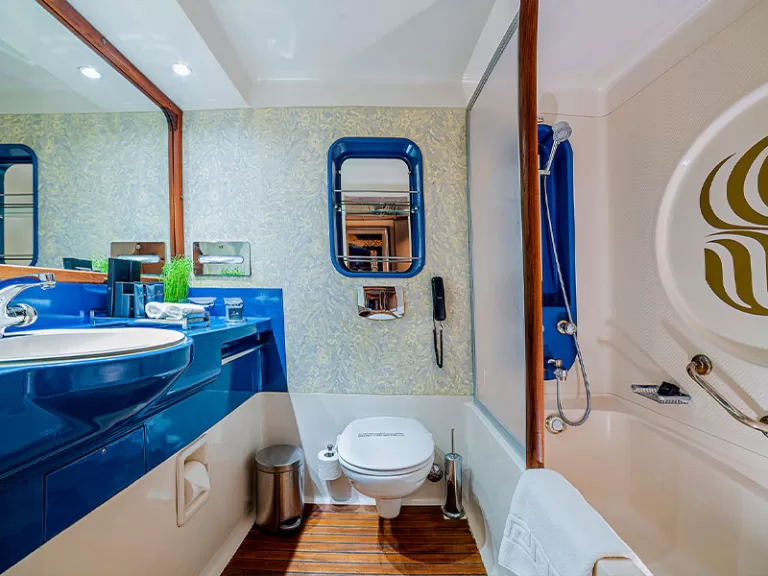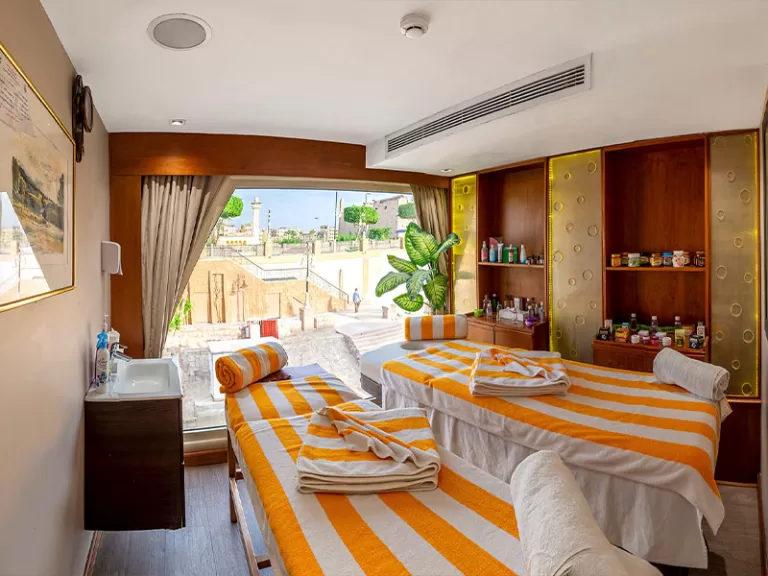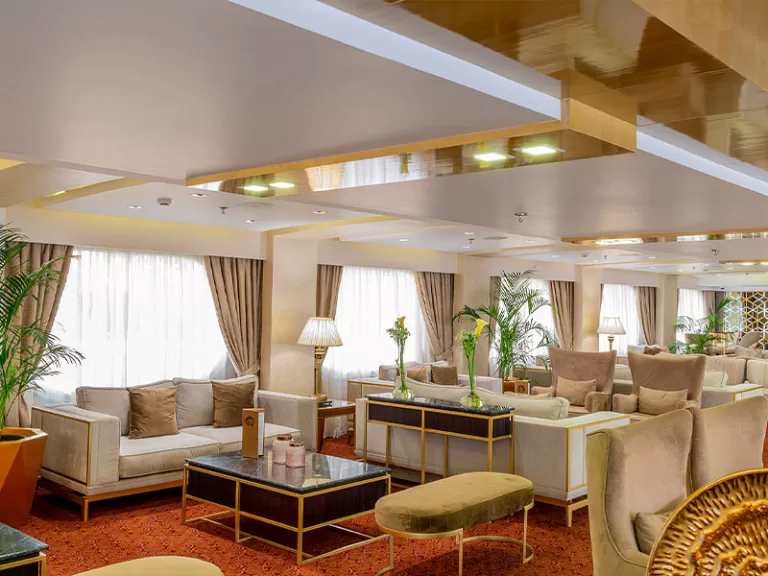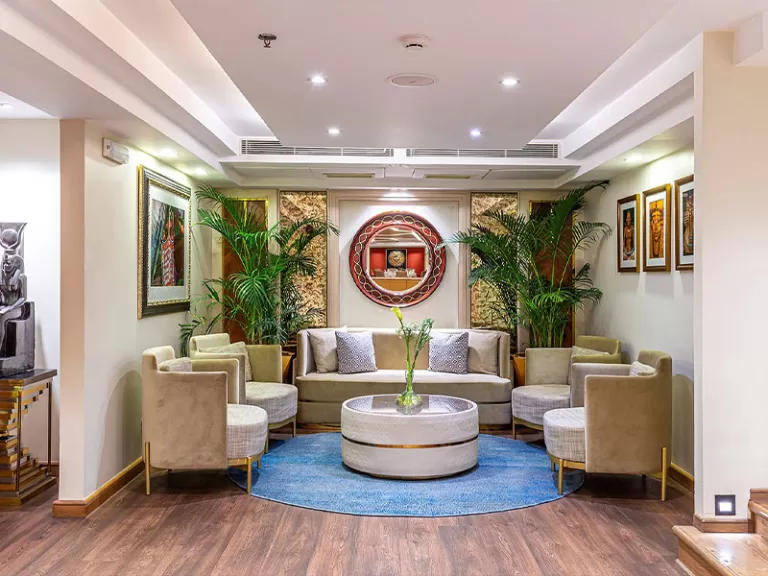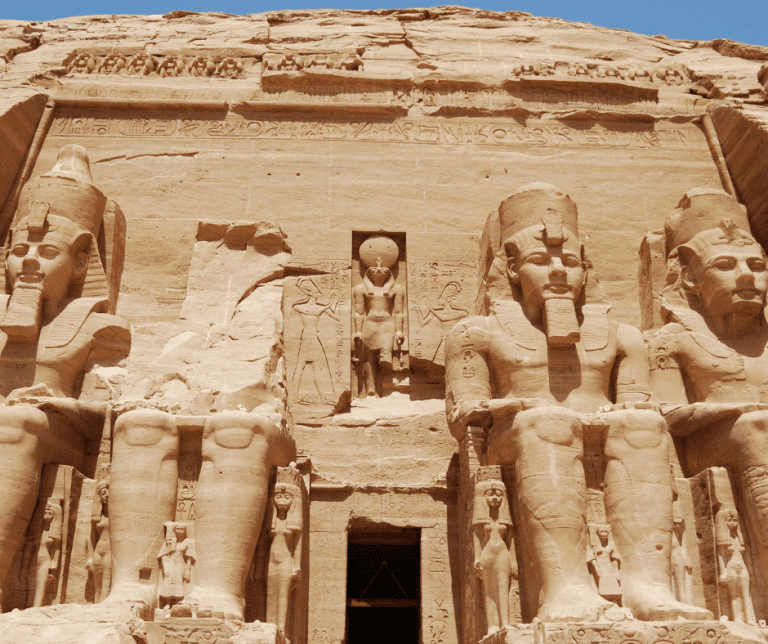
Home » Weekly Blog » Discover the Wonders of Abu Simbel: A Must-Visit on Your Egypt Adventure
Discover the Wonders of Abu Simbel: A Must-Visit on Your Egypt Adventure
Table of Contents
Discover the Wonders of Abu Simbel: A Must-Visit on Your Egypt Adventure
Egypt, a land steeped in ancient history and timeless wonders, beckons travelers from around the globe with its majestic pyramids, enigmatic Sphinx, and sprawling temples. Amidst this rich tapestry of antiquity lies a gem that stands as a testament to both the grandeur and the engineering prowess of ancient Egypt: Abu Simbel. Nestled on the western bank of Lake Nasser in southern Egypt, Abu Simbel is not just a site to behold but a pilgrimage into the heart of ancient Egyptian civilization.
Historical Significance of Abu Simbel
Abu Simbel’s origins trace back to the reign of Pharaoh Ramses II, one of ancient Egypt’s most illustrious rulers. In an era where monumental architecture was a symbol of divine power and eternal legacy, Ramses II commissioned the construction of two magnificent temples carved into the mountainside. These temples were dedicated to the gods Amun-Ra, Ptah, and Re-Horakhty, and to Ramses II himself, deifying the pharaoh in the afterlife.
The temples at Abu Simbel are not merely a display of architectural prowess; they are a testament to Ramses II’s military achievements and divine kingship. The colossal statues guarding the entrance, each standing over 65 feet tall, depict the pharaoh in the traditional regalia of a god-king, sending a powerful message of strength and authority to all who approached.
Architectural Marvel
The Great Temple of Abu Simbel, the larger of the two, is a marvel of ancient engineering. Carved directly into the sandstone cliffs, the temple’s interior is adorned with intricate hieroglyphs and vibrant wall reliefs depicting Ramses II’s military victories and his divine lineage. The precision with which the temple was aligned allowed sunlight to penetrate deep into its inner sanctum twice a year, illuminating statues of the gods seated beside Ramses II.
Nearby, the Small Temple, dedicated to Ramses II’s beloved wife, Queen Nefertari, stands in stark contrast with its intimacy and grace. Despite its smaller size, it too boasts intricate carvings and vibrant murals that offer a glimpse into the personal life and devotion of the royal couple.
Cultural and Religious Importance
Beyond its architectural splendor, Abu Simbel holds profound cultural and religious significance. The temples were not only places of worship but also centers of ritual and pilgrimage. The gods honored here played crucial roles in ancient Egyptian cosmology, embodying concepts of creation, order, and the cycles of life and death. Visitors to Abu Simbel can still feel the spiritual energy that once reverberated through its halls, connecting them to a civilization that revered its gods above all else.
Stay tuned for the next sections where we delve into the scenic beauty and surroundings of Abu Simbel, the visitor experience, and why this site stands out amidst Egypt’s many historical marvels.
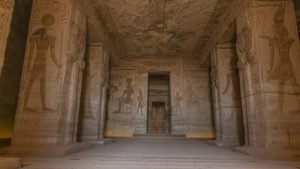
Scenic Beauty and Surroundings
Located on the banks of Lake Nasser, Abu Simbel offers not only a glimpse into ancient history but also a breathtaking natural setting that enhances its allure. The temples, originally positioned overlooking the Nile River, were relocated block by block to their current site when the construction of the Aswan High Dam threatened to submerge them beneath the rising waters of the newly formed Lake Nasser. This relocation project, a marvel of modern engineering in itself, preserved Abu Simbel for future generations to marvel at its splendor.
The serene waters of Lake Nasser provide a stunning backdrop to the temples, reflecting their massive façade and creating picture-perfect opportunities for visitors. The surrounding desert landscape, with its shifting sands and rugged terrain, adds a sense of adventure and isolation, transporting visitors back in time to when the temples were first carved into the cliffs.
Sunrises and sunsets at Abu Simbel are particularly magical. As the sun’s rays illuminate the temple’s façade, casting a golden glow over the statues of Ramses II and the gods, visitors can experience the mystical ambiance that has captivated travelers for centuries. The play of light and shadow enhances the temples’ intricate carvings, revealing details and nuances that may be missed during daylight hours.
Nature enthusiasts will appreciate the wildlife that thrives in this remote region, from migratory birds to desert fauna adapted to the harsh climate. Exploring the area around Abu Simbel, whether by guided tour or on foot, offers a deeper appreciation for the interconnectedness of ancient Egyptian civilization with its natural surroundings.
Abu Simbel is more than just a historical site; it is a testament to human ingenuity, artistic prowess, and spiritual devotion. From its monumental architecture and cultural significance to its stunning natural setting, Abu Simbel offers a multifaceted experience that enriches any journey through Egypt. Whether you’re drawn by its historical intrigue, architectural marvels, or simply the desire to witness a sunrise over one of the ancient world’s most awe-inspiring sites, Abu Simbel promises an unforgettable adventure.
In the next sections, we will explore the visitor experience at Abu Simbel, comparing it with other Egyptian landmarks, and provide practical tips for planning your visit. Stay tuned as we continue our exploration of this remarkable destination.
Visitor Experience
Visiting Abu Simbel is not just a sightseeing excursion; it’s a journey through time and culture. Here’s what you can expect when you plan your visit to this remarkable ancient site:
Guided Tours and Information Centers
Upon arrival at Abu Simbel, visitors are often greeted by knowledgeable guides who provide insights into the history, architecture, and significance of the temples. Guided tours are highly recommended to fully appreciate the details and symbolism embedded within the Great and Small Temples. These tours often include visits to the temples’ inner sanctums, where the walls are adorned with intricate hieroglyphs and vibrant murals depicting scenes from ancient Egyptian mythology and royal life.
Near the entrance, visitors can find information centers that offer exhibits and multimedia presentations detailing the history of Abu Simbel, the relocation project, and the significance of Ramses II’s reign. These centers provide context that enriches the visitor’s understanding of the temples and their place in ancient Egyptian history.
Facilities and Amenities
Abu Simbel is equipped with essential facilities to ensure a comfortable visit for travelers. Restrooms, gift shops offering souvenirs and local crafts, and refreshment stands can be found nearby, allowing visitors to relax and refresh after exploring the temples and surrounding areas.
Practical Tips for Visiting
- Best Time to Visit: Early morning or late afternoon to avoid the heat and witness the temples in the best light conditions.
- Getting There: Abu Simbel is located about 280 kilometers south of Aswan, accessible by road or by organized tours from Aswan or Luxor.
- Ticketing Information: Entry tickets can be purchased on-site or in advance through tour operators. It’s advisable to check the opening hours and ticket prices beforehand.
Visitors often recount their awe at the sheer scale and beauty of Abu Simbel. Many describe the experience of standing before the colossal statues of Ramses II and the intricately carved temple façades as humbling and inspiring. The spiritual ambiance of the temples, combined with the natural beauty of Lake Nasser and the surrounding desert, creates a profound sense of wonder and reverence that stays with visitors long after they depart.
Visiting Abu Simbel is not just a journey through ancient Egypt’s history; it’s an immersive experience that connects travelers with the splendor of a bygone era. From guided tours that unravel the mysteries of Ramses II’s reign to the serene beauty of its natural surroundings, Abu Simbel offers a glimpse into the cultural and architectural achievements of ancient Egypt. As we continue our exploration, we will compare Abu Simbel with other iconic Egyptian landmarks and delve deeper into its cultural and religious significance.
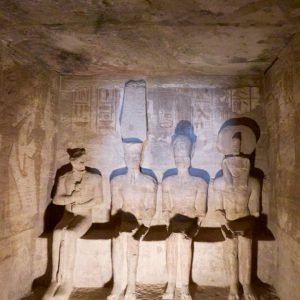
Comparison with Other Egyptian Sites
When planning a trip to Egypt, visitors are often spoiled for choice with a plethora of iconic landmarks and historical sites to explore. Here’s how Abu Simbel compares with some of Egypt’s other renowned destinations:
The Great Pyramids of Giza
Undoubtedly the most famous of all Egyptian landmarks, the Great Pyramids of Giza need no introduction. Built as tombs for the pharaohs and guarded by the enigmatic Sphinx, these pyramids are symbols of ancient Egypt’s engineering prowess and cultural legacy. Unlike the grandeur of Abu Simbel’s temples, the pyramids impress with their sheer size and geometric precision, drawing millions of visitors each year.
While Giza showcases the monumental scale of ancient Egyptian architecture and burial practices, Abu Simbel offers a more intimate exploration of religious devotion and dynastic power through its detailed carvings and temple structures.
The Valley of the Kings
Located on the west bank of the Nile near Luxor, the Valley of the Kings is a vast burial ground for pharaohs and nobles of the New Kingdom. Here, visitors can explore elaborately decorated tombs, each filled with hieroglyphs and vivid murals depicting scenes from the afterlife and the pharaoh’s journey to immortality.
In contrast, Abu Simbel focuses more on temple complexes rather than tombs, showcasing the grandeur of temple architecture and the religious practices of ancient Egypt. The temples at Abu Simbel serve as symbols of divine kingship and devotion to the gods, offering insights into Ramses II’s reign and his immortalization through monumental structures.
Luxor Temple and Karnak Temple Complex
Luxor Temple and the Karnak Temple Complex in Luxor are renowned for their architectural magnificence and religious significance. Luxor Temple, dedicated to the Theban triad of Amun, Mut, and Khonsu, is a testament to the continuity of ancient Egyptian religious practices over millennia. Karnak Temple, with its colossal columns and avenues of sphinxes, served as the religious center of Thebes (modern-day Luxor) during the New Kingdom.
While Luxor and Karnak highlight the religious and administrative centers of ancient Egypt, Abu Simbel’s temples stand out for their remote location and the monumental effort involved in their relocation. The temples at Abu Simbel provide a unique perspective on royal propaganda and religious symbolism during the reign of Ramses II.
Unique Aspects of Abu Simbel
What sets Abu Simbel apart from these other sites is not only its remote location and stunning setting but also its historical significance as a symbol of Ramses II’s reign and divine kingship. The temples’ relocation in the 1960s, an international effort to preserve these ancient treasures, underscores their importance in both ancient and modern times.
While each of these Egyptian landmarks offers a unique glimpse into the rich tapestry of ancient Egyptian civilization, Abu Simbel stands as a testament to Ramses II’s legacy and the enduring allure of ancient Egyptian religious beliefs. Whether you’re fascinated by monumental architecture, religious symbolism, or the cultural heritage of ancient Egypt, a visit to Abu Simbel promises a journey of discovery and wonder.
In our final section, we will summarize the reasons why including Abu Simbel on your Egypt trip is essential, offering practical advice for planning your visit and ensuring an enriching experience.
Practical Tips for Visiting Abu Simbel
Visiting Abu Simbel requires some planning to ensure a smooth and enjoyable experience. Here are practical tips to help you make the most of your trip:
Best Time to Visit
The best times to visit Abu Simbel are early morning or late afternoon. Not only are these times cooler, but they also offer stunning lighting conditions that enhance the temples’ beauty. Arriving early also allows you to avoid crowds and experience a quieter, more contemplative atmosphere.
Getting There
Abu Simbel is located about 280 kilometers (175 miles) south of Aswan. While it’s possible to drive yourself from Aswan, many visitors opt for organized tours that include transportation. These tours often depart early in the morning and return in the afternoon, making for a long but rewarding day trip.
For those traveling from Luxor, there are also organized tours available that typically include other nearby attractions like the temples of Kom Ombo and Edfu.
Ticketing Information
Entry tickets to Abu Simbel can be purchased on-site at the entrance gate. It’s recommended to bring Egyptian pounds (EGP) for ticket purchases, as credit card acceptance may be limited. Additionally, it’s wise to check current ticket prices and opening hours before your visit to avoid any surprises.
Additional Considerations
Sun Protection: Abu Simbel can get very hot, especially during midday hours. Wear sunscreen, a hat, and comfortable clothing to protect yourself from the sun.
Respectful Attire: As with all religious and historical sites in Egypt, dress modestly out of respect for the cultural and religious significance of the temples.
Accommodations and Facilities
While Abu Simbel itself is relatively remote, there are accommodations available in nearby villages and towns for those looking to stay overnight. Aswan and Luxor also offer a range of accommodations to suit different budgets and preferences.
On-site facilities at Abu Simbel include restrooms, souvenir shops, and refreshment stands where you can purchase snacks and beverages.
Guided Tours vs. Independent Exploration
While exploring Abu Simbel independently is possible, guided tours offer valuable insights into the temples’ history and significance. Guides often provide detailed explanations of the temple carvings and the stories they depict, enriching your visit with historical context and cultural understanding.
Visitors often express deep appreciation for the opportunity to witness Abu Simbel’s grandeur firsthand. Many describe it as a highlight of their Egypt trip, noting the awe-inspiring size of the statues and the intricate detail of the temple carvings. The peaceful ambiance of the site, combined with its remote location and stunning natural backdrop, creates a memorable experience that stays with visitors long after they return home.
Visiting Abu Simbel is a journey into the heart of ancient Egypt’s architectural and religious legacy. From its colossal statues of Ramses II to its intricate temple carvings and stunning lakeside setting, Abu Simbel offers a profound and unforgettable experience for travelers. By following these practical tips and preparing for your visit, you can ensure a rewarding and enriching exploration of one of Egypt’s most iconic historical sites.
In our final section, we will recap the reasons why Abu Simbel deserves a place on your Egypt travel itinerary, encapsulating its cultural, historical, and spiritual significance.
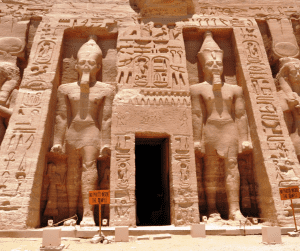
Why Abu Simbel Deserves a Place on Your Egypt Travel Itinerary
As you plan your journey through Egypt, Abu Simbel emerges as a standout destination that promises a unique and enriching experience. Here are compelling reasons why Abu Simbel deserves to be included in your travel itinerary:
1. Historical and Cultural Significance
Abu Simbel is not just a collection of ancient temples; it is a testament to the grandeur and power of Ramses II, one of ancient Egypt’s most celebrated pharaohs. The temples were constructed to honor both the gods and Ramses II himself, showcasing the intertwined relationship between religion, kingship, and the afterlife in ancient Egyptian beliefs. The intricate carvings and colossal statues offer a glimpse into the artistic and architectural achievements of the time, providing invaluable insights into Egypt’s rich cultural heritage.
2. Architectural Marvel
The temples of Abu Simbel are marvels of ancient engineering and artistry. Carved directly into the mountainside, the temples’ precision and scale are awe-inspiring. The Great Temple, with its four colossal statues of Ramses II seated at the entrance, and the intricately adorned interior walls are testament to the skill and craftsmanship of ancient Egyptian artisans. The temples’ alignment with the sun during the Sun Festival adds a celestial dimension to their architectural significance, highlighting the ancient Egyptians’ advanced knowledge of astronomy and celestial cycles.
3. Spiritual and Religious Experience
For ancient Egyptians, Abu Simbel was not just a place of architectural splendor but also a sacred site of worship and pilgrimage. The temples were dedicated to the gods Amun-Ra, Ptah, Re-Horakhty, and to Ramses II himself as a divine ruler. Visitors can still feel the spiritual energy that permeates these ancient halls, offering a profound connection to Egypt’s religious beliefs and practices.
4. Scenic Beauty and Natural Setting
Situated on the banks of Lake Nasser, Abu Simbel’s location enhances its allure with stunning natural beauty. The serene waters and surrounding desert landscape create a picturesque backdrop that complements the temples’ monumental architecture. Whether witnessing a sunrise over the temples or admiring the reflection of the statues in the lake, the natural setting of Abu Simbel adds a layer of tranquility and awe to the visitor experience.
5. Cultural Preservation and Legacy
The relocation of Abu Simbel in the 1960s stands as a testament to international efforts to preserve and protect Egypt’s cultural heritage. This monumental engineering feat ensured that Abu Simbel would remain intact despite the construction of the Aswan High Dam and the subsequent creation of Lake Nasser. By visiting Abu Simbel, travelers contribute to the ongoing legacy of cultural preservation and appreciation for ancient civilizations.
Abu Simbel is more than just a historical site; it is a profound journey through ancient Egypt’s history, art, and spirituality. From its colossal statues and intricate carvings to its stunning lakeside setting and cultural significance, Abu Simbel offers a comprehensive exploration of the wonders of ancient Egyptian civilization. Including Abu Simbel on your Egypt travel itinerary promises an unforgettable experience that combines education, inspiration, and a deep connection to one of the world’s greatest civilizations.
Whether you’re a history enthusiast, an admirer of architectural marvels, or simply seeking a transformative travel experience, Abu Simbel invites you to step back in time and immerse yourself in the timeless wonders of ancient Egypt. Plan your visit to Abu Simbel and discover why it continues to captivate and inspire travelers from around the globe.
Conclusion: Embrace the Legacy of Abu Simbel
Visiting Abu Simbel is more than a journey through ancient history; it is a profound encounter with the enduring legacy of Ramses II and the cultural richness of ancient Egypt. As you stand before the colossal statues and intricate carvings of the Great and Small Temples, you are transported back in time to an era of divine kingship, artistic brilliance, and spiritual devotion.
The temples of Abu Simbel, with their monumental architecture and celestial alignment, reflect not only the ingenuity of ancient Egyptian engineers but also the depth of their religious beliefs. The relocation of Abu Simbel in the 1960s stands as a testament to international efforts to preserve and protect our shared human heritage, ensuring that future generations can marvel at these ancient wonders.
Including Abu Simbel on your Egypt travel itinerary is a decision to embrace the transformative power of travel, to immerse yourself in the mysteries of the past, and to witness firsthand the majesty of one of the world’s greatest civilizations. Whether you’re drawn to its architectural splendor, its cultural significance, or simply the awe-inspiring beauty of its natural surroundings, Abu Simbel promises an experience that transcends time and leaves an indelible mark on your journey through Egypt.
Plan your visit thoughtfully, heed the practical advice offered, and prepare to be captivated by the magnificence of Abu Simbel. Let this ancient marvel ignite your curiosity, deepen your understanding of human history, and inspire a lifelong appreciation for the wonders of our world. Abu Simbel awaits, ready to share its stories and secrets with those who seek to uncover the mysteries of ancient Egypt.






